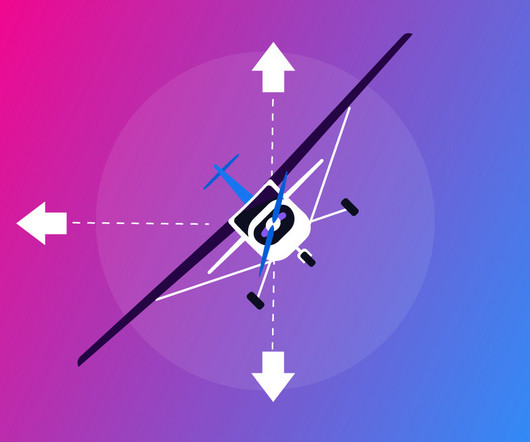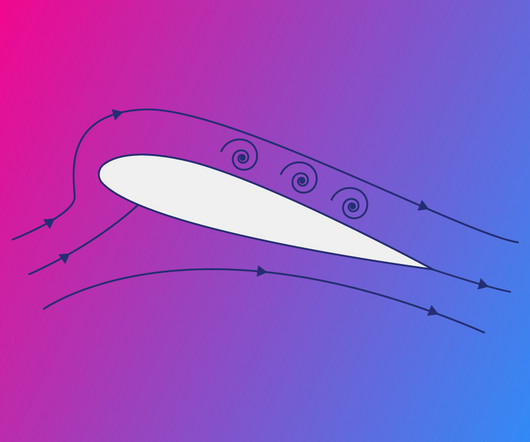Mastering Stalls: How to Recognize, Prevent, and Recover Safely
Flight Training Central
MARCH 3, 2025
Then, slowly and smoothly bring the nose up to the attitude which will stall the airplane. During all turning stalls there is a tendency for the bank to increase. If the bank increases, the loss of vertical lift component tends to lower the nose. If the ball is not centered, the airplane will roll away from the ball.












Let's personalize your content